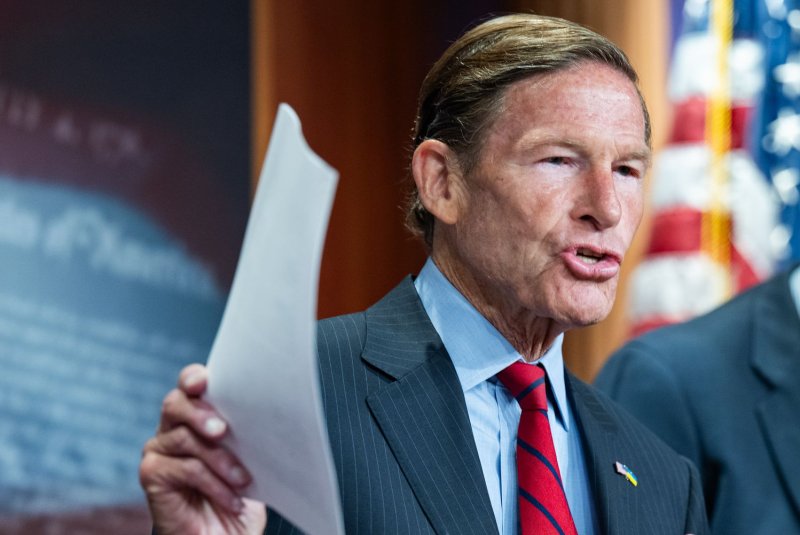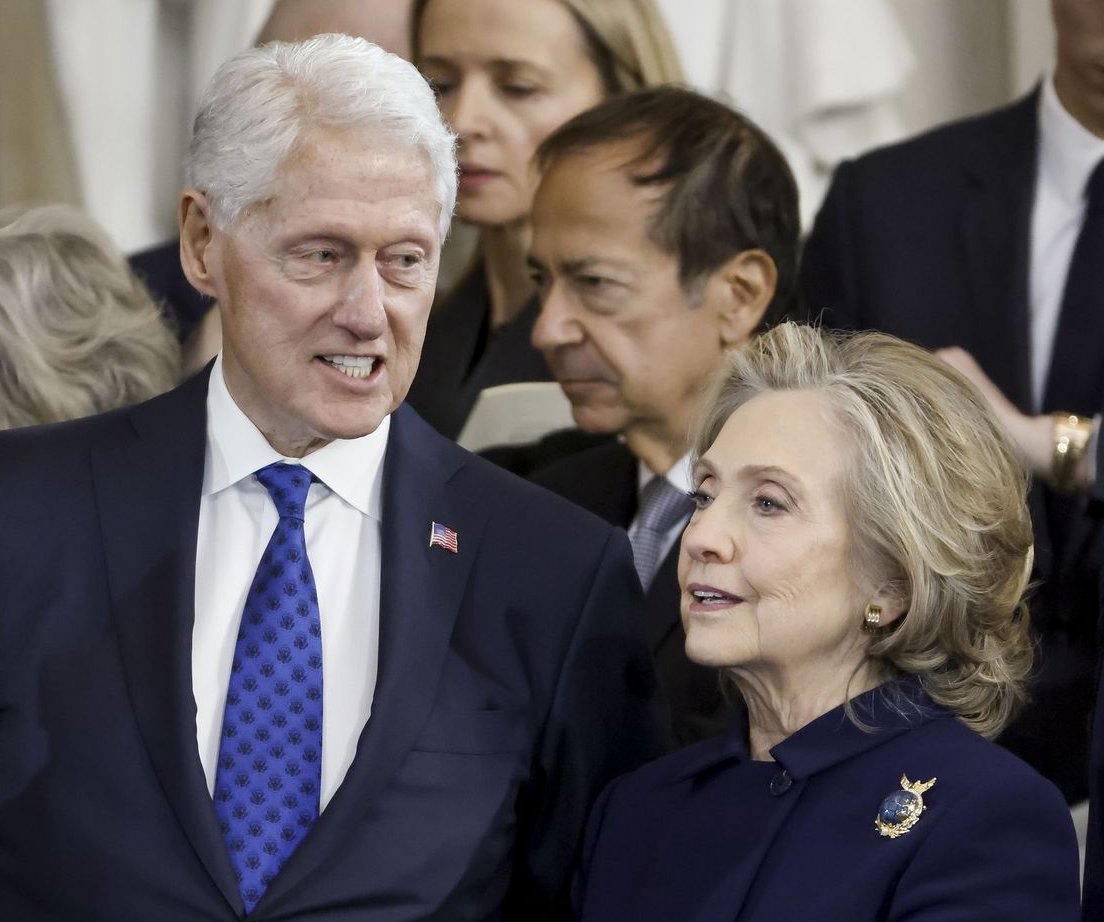In the heartland of America, home to nearly 60 million citizens, a silent crisis is brewing—escalating gun violence and an alarming lack of immediate trauma care facilities. Unlike their urban counterparts, these areas lack quick access to Level 1 trauma centers, specialized hubs equipped to handle life-threatening gunshot wounds. The tale of Timothy Stephens, a resident of Laurinburg, North Carolina, spotlights this critical gap.
Shot five times, Stephens’ survival hinged on a tightly knit web of local surgeons who had undergone specialized training. Heading this team was Dr. Stephen Lanuti. Lanuti, despite the center’s limitations, stabilized Stephens enough for a two-hour journey to a Level 1 trauma center— a journey that ultimately saved his life. But not all are as fortunate as Stephens.
A 2016 study painted a grim picture: only 24% of rural Americans live within an hour’s drive of a facility capable of handling severe gunshot wounds. The surge in gun violence since the onset of the pandemic has laid bare the vulnerabilities of rural areas. Here, local hospitals often grapple with staff shortages, inadequate resources, and a dearth of expertise required to manage severe trauma.
Recognizing this yawning gap, the American College of Surgeons launched the Rural Trauma Team Development Course. By training rural hospital staff to stabilize trauma victims, the course aims to bridge this urban-rural divide in trauma care. Nevertheless, with gun deaths reaching their highest in over 25 years, the urgency to bolster trauma care in rural America has never been more critical.
Parallel to the trauma care crisis is the medical plight of asylum seekers in rural San Diego County, particularly in Jacumba Hot Springs. Limited access to proper medical care coupled with a lack of resources and services mandated by the Border Patrol policy have resulted in preventable suffering at unofficial detention sites. This dire situation underscores the need for local, state, and federal authorities to acknowledge and address the issue. Despite limited supplies, volunteers and healthcare providers are stepping in to offer critical services, highlighting the indomitable spirit of human resilience.




